As an eighteen-year old fresh-faced Australian boy alone and abroad for the first time, getting into strife was an unwritten expectation. However, French standards prevailed, subduing any latent mischievous tendencies that may have arisen. Instead of misbehaviour, the celebrated Parisian sights beckoned, initiating cultural enlightenment - a sojourn laced with charm and sophistication.
Rather than run amok, the tenor of charisma perpetuated by la vie Française taught me a valuable lesson: cultural understanding is derived not only from social norms but from the built environment in which they evolve. As such, in a city – and by extension society – distinctively evocative of classicism, attaining inspiration from your surroundings at any age is possible.
La Tour Eiffel
Internationally renowned, the jewel of the French capital – built in 1887 – magnetises even the most unromantic souls to her lace dress.
Projecting into the heavens from the seventh arrondissement, it's visible from most points throughout Paris. Whether observing it from near or far, the magnitude of its presence is captivating. Despite a rigid metallic framework, the Eiffel Tower’s design is tasteful, embodying the graceful essence of the city it represents.
Young and old alike can appreciate the view from the base but a climb to the top will be even more enjoyable. With a 360-degree unobstructed panorama of Paris, no arrondissement was left unturned.
Don’t forget a jumping snap from the grassy patch near the entrance.
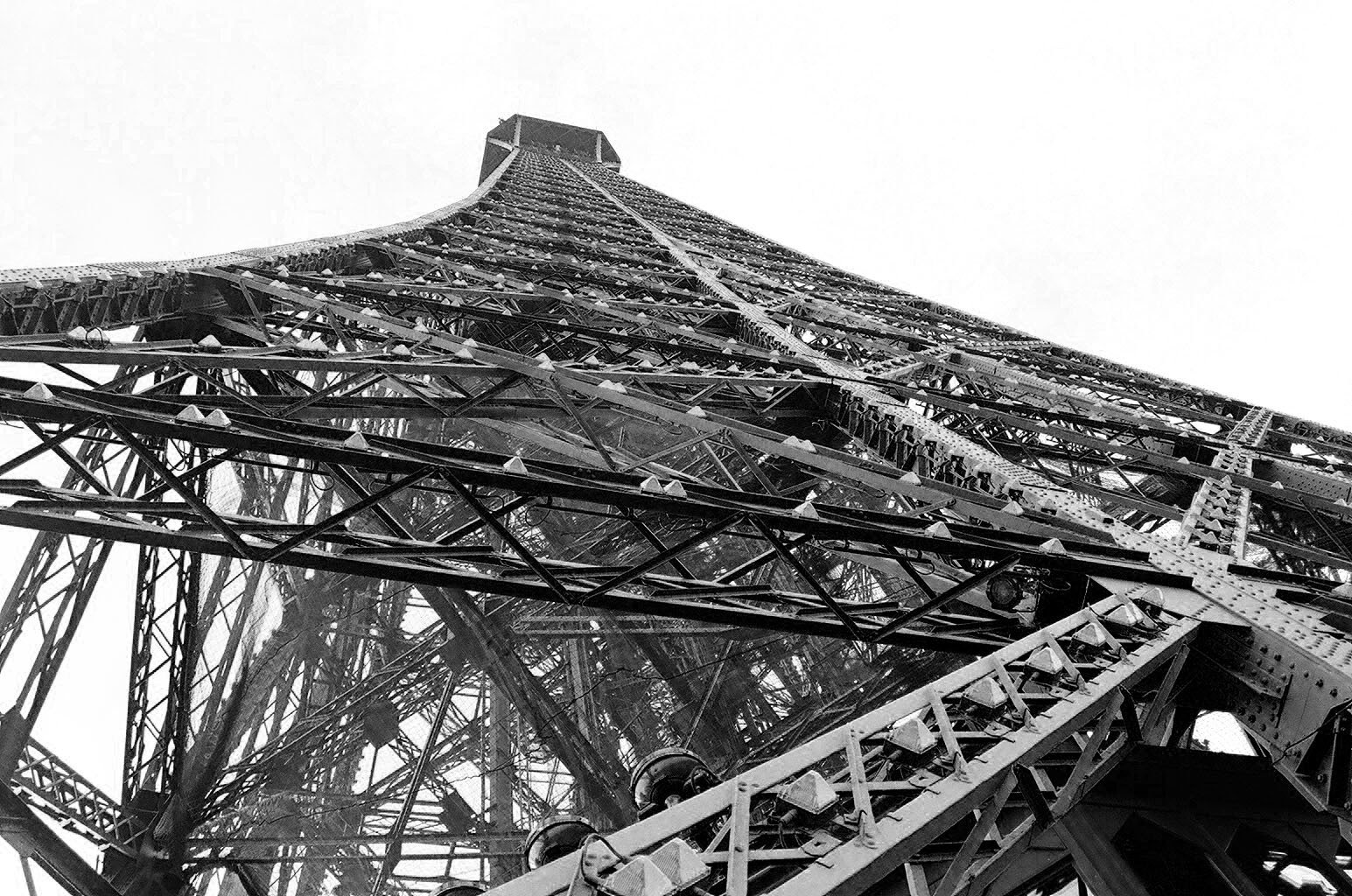
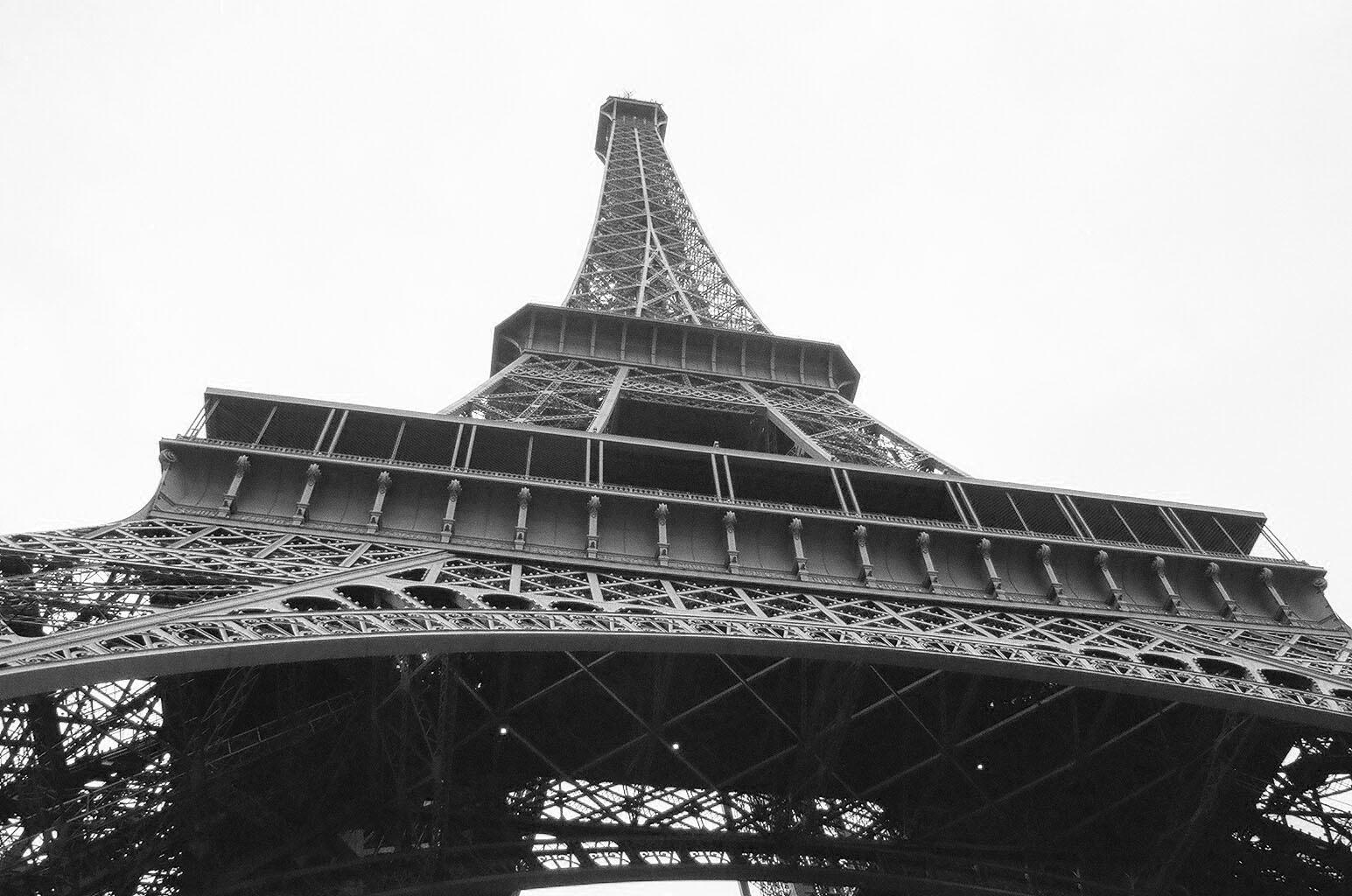
Arc de Triomphe de l’Etoile
Another grand piece of architecture that stands out from its surroundings, the Arc de Triomphe – at the top of the Champs-Elysees – is a captivating and ageless Parisian attraction.
Prized for its historical links (originally commissioned for Napoleon), it sits at the centre of Charles de Gaulle, a roundabout from which radiate twelve streets. Needless to say, there are plenty of opportunities for young and old alike to observe Parisian driving and absorb the splendour of the refined city quarter.
For great photographic opportunities, climb the internal staircase to the attic at the Arc’s top.
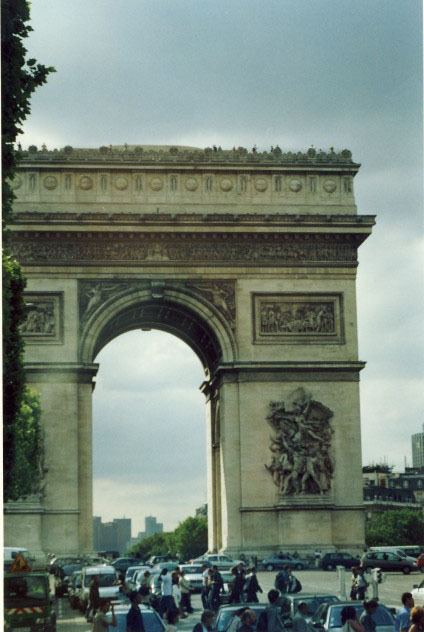
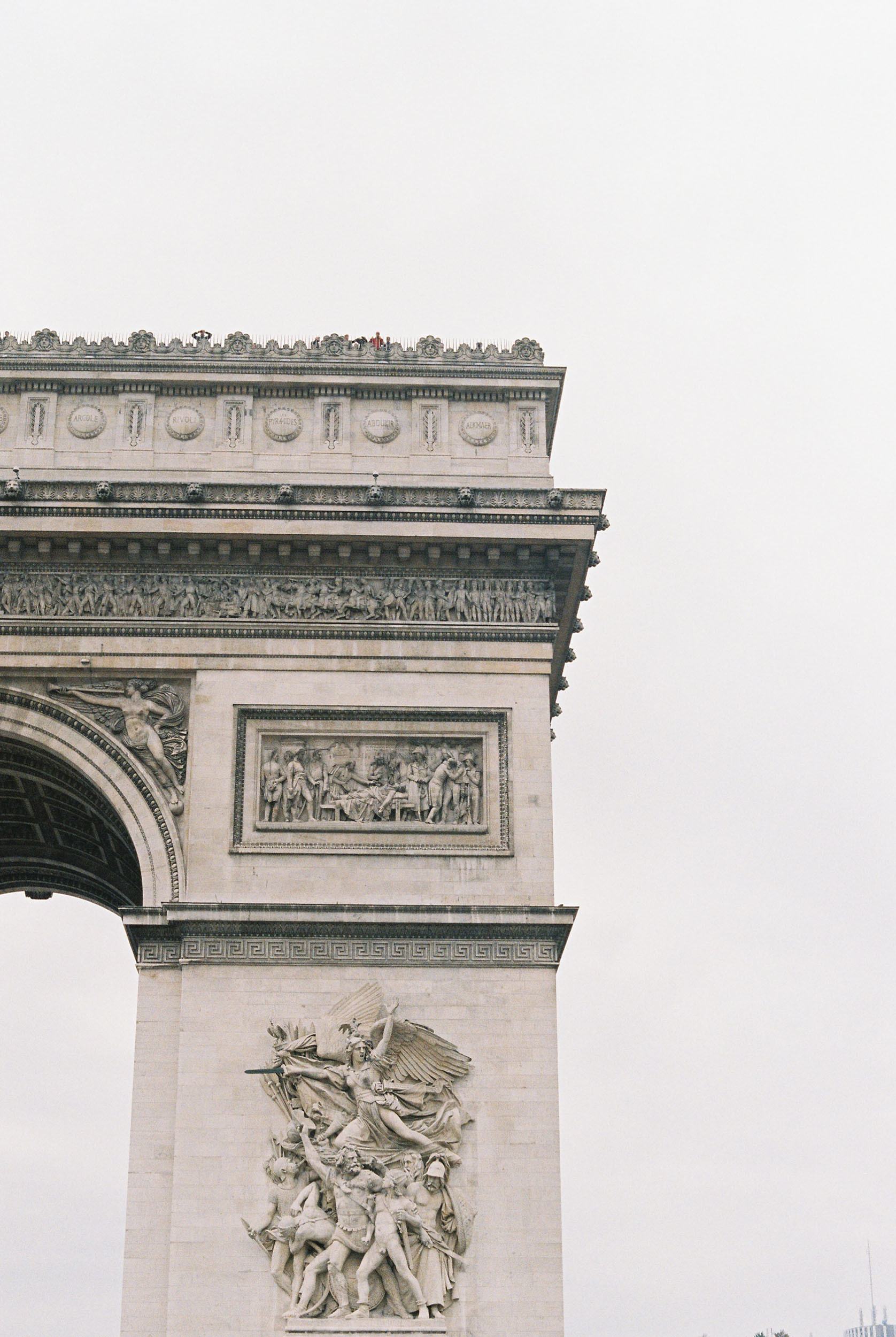
Notre Dame de Paris
Few other cathedrals around the world exude a sense of Gothicism as does the famous Notre Dame of Paris (even after the tragic fire in 2019).
Simply viewing its medieval design from afar creates an air of mysticism. The closer you draw to the almost seven-hundred-year old structure, the more evident its flawless design becomes.
Bedecked in gargoyles and perched on an island in the Seine, it is a perfect example of fourteenth century Gothicism, ingenuity and craftsmanship.
There are no age limits to appreciating the diverse features inherent to the structure. Even without ecclesiastical inclinations, the architecture and location alone will conjure a sense of curiosity that compels visitors to climb the 387 steps to the bell tower for yet another spectacular city view (if reconstruction work makes it again possible in the future).

Moulin Rouge
Who wouldn’t want to visit Paris’s glitziest theatre, especially after Baz Luhrmann brought it to the world’s attention in his 2001 hit starring Nicole Kidman?
Home to a series of cabaret shows exuding glitz, vigour and a tenor of fin de siècle, the Moulin Rouge – a turn-of-the-nineteenth-century establishment – captures the essence of bohemian France at that time in history. Based on the seductive can-can, visitors can expect to be well entertained and perhaps even encounter that which the theatre’s earliest visitors reported experiencing: “Decadent pleasure.”
Postpone that quizzical look as, according to their website, children above the age of six are permitted entry. Is it child appropriate? Well, if conservative in nature, it could be construed as inappropriate for a person of any age. Is it entertaining? It's a resounding yes!
At least the performers are not topless, in contrast to the theatre across the road - a shocking lesson I learned after the show started!
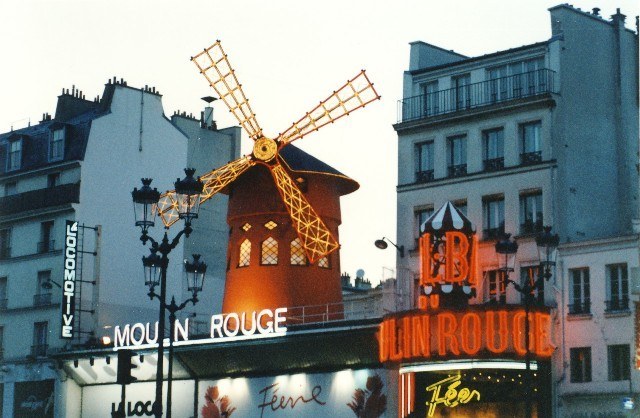
Musee du Louvre
If you want to see a showcase of some of the world’s finest artwork, then visiting The Louvre is a Parisian must.
Aside from the prominent pyramidal entrance constructed out of glass, the multiple levels replete with historically significant paintings are truly breathtaking. Because of the sheer magnitude of artwork, there is something available to suit every taste, even of youth.
Visited by several million people each year, it has been dubbed the world’s most visited museum. As such, it’s advisable to plan any visit, as the sheer quantity of people and exhibitions can be overwhelming.
Contrary to preconceived expectations, da Vinci’s Mona Lisa was disappointing. However, despite her tiny presence in an oversized room, looking away was somewhat difficult. What creates her magnetic appeal?
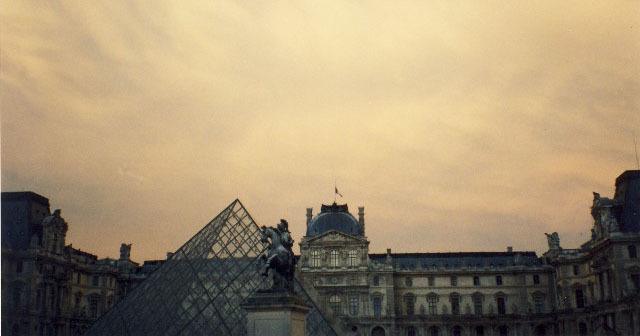
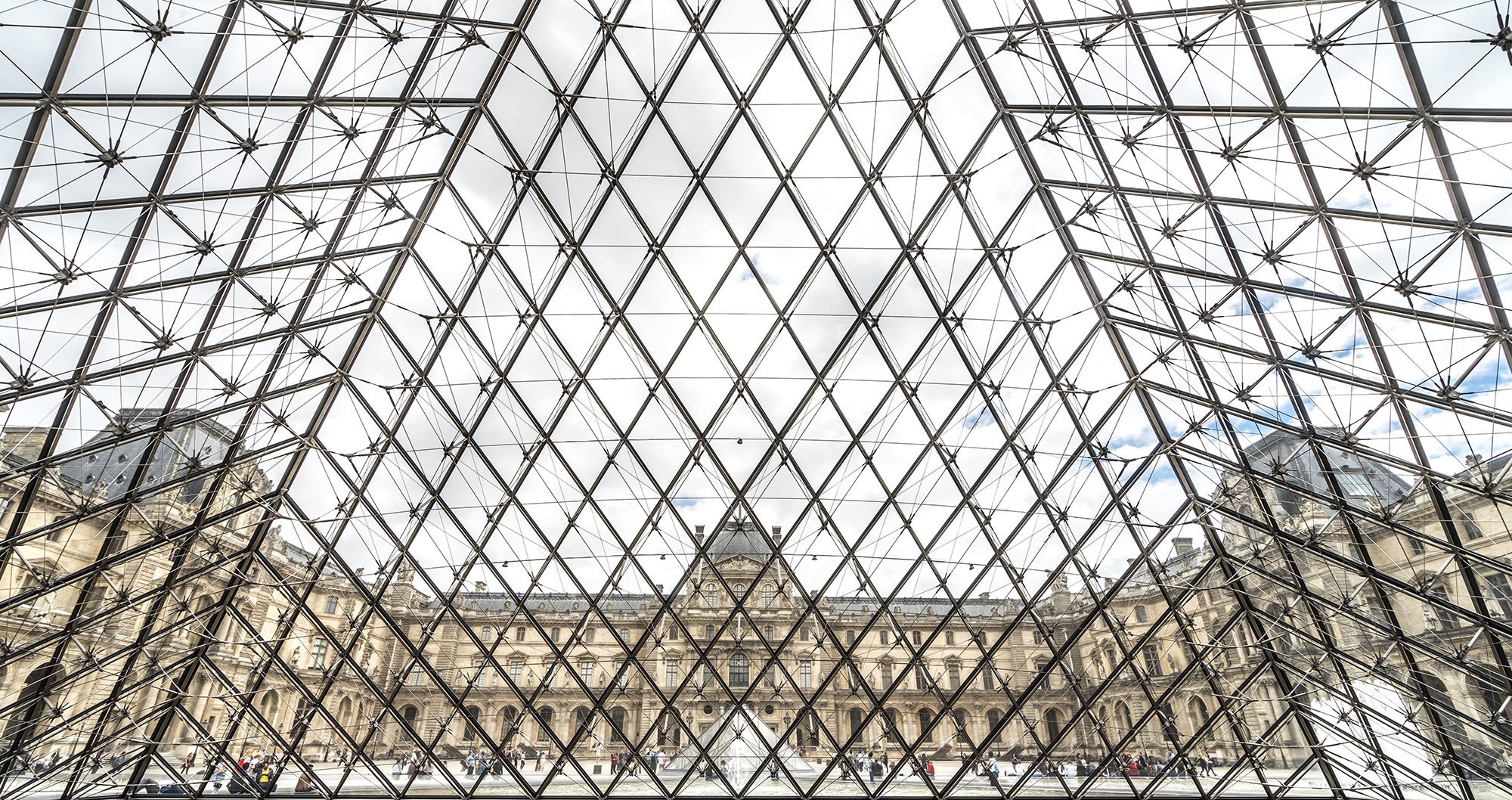
La Seine
Coursing through the beating heart of Paris, La Seine – a seven hundred and seventy-seven-kilometre river – is difficult to miss.
With a Greco-Roman name meaning goddess of the river, although partial to paganism, it’s not hard to see how the Seine aptly depicts the sense of romanticism inherent to Paris. Walking across its thirty-seven bridges or along its multitude of riverbank walkways, one thing becomes obvious: Paris, from every Seine-based perspective, is beautiful.
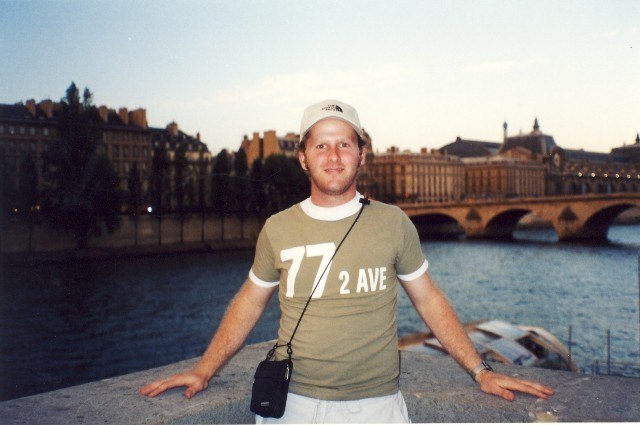
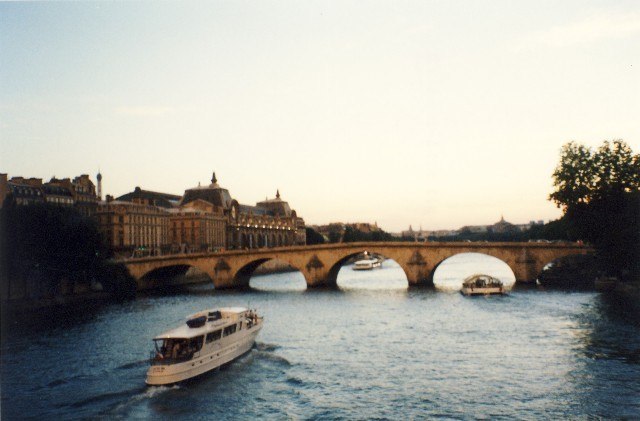
Saint Germain després
Located in the sixth arrondissement, this quarter is famous for a host of historical reasons.
Fame aside (including the hotel in which Oscar Wilde penned his final words), Saint Germain still exhibits characteristics of its enigmatic past: littered with bookstores, museums, designer shops and notable cafes, it entreats visitors with a lively affair. Although its contemporary face has evolved in a direction away from its original charm, such as the prestige of publishing houses and inspirational inhabitants, walking through Saint Germain’s streets is never disappointing.
I found its diversity to be captivating.
Boredom in this quarter is impossible. If it does occur, though, then according to literary genius Samuel Johnson, “you are bored with life.”
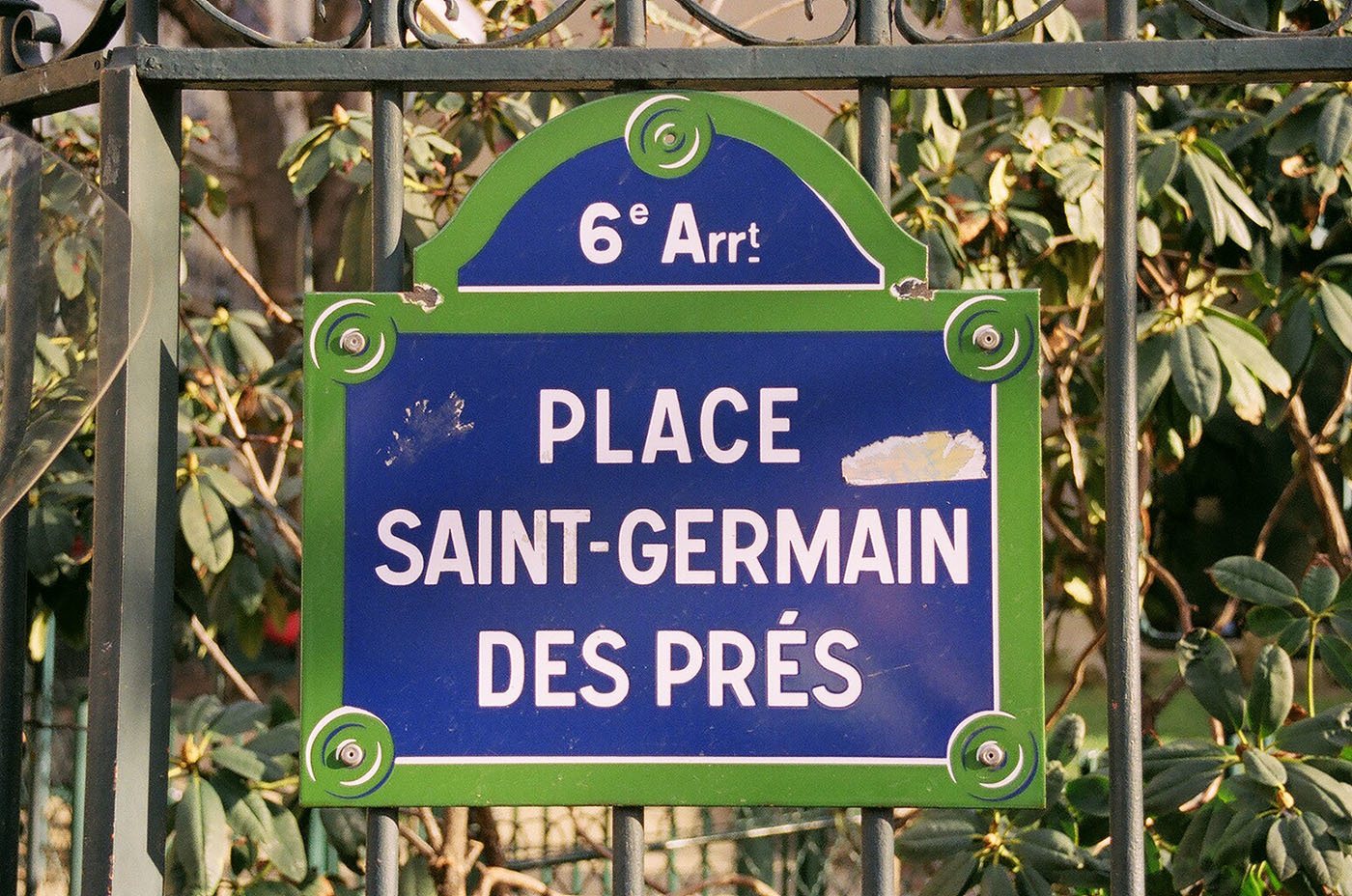
Rue des Martyrs
In the words of New York Times author Elaine Scioline, “Rue des Martyrs is a slice of village life” in the heart of Paris.
Although slightly less bucolic than rural France architecturally speaking, the availability of organic, fresh and high-quality French food along this ninth arrondissement street may leave you wondering where you are. With an international reputation for gastronomic cuisine, it’s no surprise the nation’s capital is home to a market street abounding in culinary finesse. With fresh vegetables, candied chestnuts, cured meats and multiple varieties of baguette on display, walking along Martyrs street will have everyone’s tastebuds bounding in delight.
Here, there truly is something to be enjoyed by every age group.

Prepare for Your Paris Trip
Embarking on a journey to Paris means diving into a world rich with history, art, and culture. To ensure a smooth and enjoyable experience, it's important to consider some practical aspects of travelling to and around this iconic city.
Here are a few key points to help you plan your visit effectively:
How to Get to Paris
By Air
There are three airports that service Paris:
- Charles de Gaulle International Airport (CDG - the main hub)
- Beauvais (a regional airport north of the city)
- Paris Le Bourget Airport (used for private aviation and military flights)
As one of Europe's larger cities, Paris CDG sees flights arriving from locations all around the globe. It means Paris is accessible by plane from most continents.
To find a flight to Paris that suits your needs and budget, perform some searches using the following websites:
By Land
Train
There are trains linking most parts of Europe and Paris. As there is no one central train station in Paris, it's good to know at which station you'll be arriving in advance so you can plan onward travel accordingly. The key players are:
- Gare du Nord in the 10th arrondissement (trains from Belgium, the Netherlands, parts of Germany and the United Kingdom)
- Gare d'Austerlitz in the 13th arrondissement (trains from the southwest of France as well as Spain and Portugal)
- Gare de Lyon in the 12th arrondissement (trains from eastern and southern France as well as Switzerland and Italy)
- Gare de l'Est in the 10th arrondissement (trains from Luxembourg and the southern parts of Germany)
- Gare St Lazare in the 8th arrondissement (trains from Normandy in regional France)
- Gare de Bercy in the 12th arrondissement (trains from Italy)
- Gare Montparnasse in the 15th arrondissement (trains from the west of France and Spain)
Types of trains include:
- Train Express Regionale (TER)(slow, stop at every station)
- Intercities (similar to TER - slow and quite cheap)
- Trains a Grande Vitesse (TGV)(high-speed trains)
- Thalys (high speed trains between Belgium, the Netherlands and Germany and Paris)
- Intercity (trains between all of Europe and Paris)
- Eurostar (connects London and Brussels with Paris)
Visit the French National Railways website for information about routes and fares.
Bus
There are trans-European buses that link most major locations (also from within France) to Paris. Historically, buses are cheaper than trains. A key carrier is Eurolines.
Other bus companies include:
- Ouibus - London to Paris
- FlixBus - parts of Germany to Paris
- Starshipper - national carrier
How to Travel around Paris
On Foot
It's a wonderful city to explore on foot and walking - along with a few metro rides here and there - is how I've always moved while visiting the City of Light. Paris is fairly well-pedestrianised and there are few 'ugly' parts of the city (at last none that I found during my ambles).
By Train
The two options for moving around Paris by train include the Metro and the RER (Regional Express Network).
The Metro (stations identifiable by a large 'M') use a colour and line number system. It's too extensive to explain line-by-line here so I encourage you to download the map and review it so you're vaguely familiar before arriving in Paris.
Tickets can be purchased at vending machines and ticket windows. Ticket types include single, tourist and seasonal.
The RER is comprised of 5 lines: A, B, C, D and E. It is a separate network to the Metro so a separate ticket is required (otherwise fines will be issued). The trains travel outside the zone in which a regular subway ticket can be utilised as they go to the suburbs.
By Bus
The bus system in Paris fills in the gaps where the Metro fails. I've never taken a bus in Paris but I understand it is quite user-friendly and relatively cheap. It also uses a similar ticketing system to the Metro. Buses display the current position along the route and which stops remain so confusion is almost entirely eliminated from the journey.
Check out this bus map of Paris for further information.
By Boat
Cruising around Paris along the Seine is perhaps the most picturesque way of moving. Granted, you won't be able to get to every city sight but you'll move in style, with some fantastic photo opportunities on the way.
Some companies to consider if you're planning to explore Paris in a boat include:
How to Get into France - Visa Formalities
Border controls do not exist between France and other countries that have become Schengen members, having signed - at one point in time - the official Agreement.
Therefore, if you are eligible to enter a Schengen country visa-free, then the same principle applies to all member countries. Similarly, if you are granted a visa for a Schengen country, then it will be valid in all other countries that have also signed the agreement. Don't confuse the Schengen Agreement with the European Union: they're not necessarily synonymous. A country can be an EU member without having signed the agreement and vice versa.
For full details about how the agreement works, see the detailed article on Wikitravel.
Where to Stay in Paris
Budget
Caulaincourt Montmartre by Hiphophostels - During my trip to Paris, I stayed at this hostel, located in the charming Montmartre district. It was a fantastic choice for budget-conscious travellers like myself. It's just a short walk from the iconic Sacré-Cœur and nestled amid quaint cafes and artist shops.
The hostel offers both dormitory-style and private rooms, which was perfect. The free Wi-Fi and guest kitchen were great for planning days and preparing some meals, which helped save on dining out.
Midrange
Hotel Astoria - Astotel - Situated in the 2nd arrondissement, the hotel offers a more comfortable stay with stylish rooms and modern amenities. It strikes a balance with affordability, comfort, and access to major attractions. It's well-connected to public transport, making it easy to navigate around Paris.
High End
Cheval Blanc Paris & Dior Spa Cheval Blanc Paris - For a luxurious experience, the Cheval Blanc in the 1st arrondissement provides top-tier amenities and exquisite rooms. Located near the Louvre and Sainte-Chapelle, it offers exceptional service and elegant surroundings, perfect for those looking to indulge during a Parisian getaway.
Currency and Money Matters - Spending in Paris
The currency utilised in Paris and all throughout France is the Euro. Please refer to the following website for current and up to date exchange rates:
Learning about Paris from Locals
For an authentic insight into Parisian life at almost any age, it’s invaluable to seek out advice from those who know it best — the locals. One excellent resource is Smarter Paris, a website crafted by a local Parisian.
This site offers a wealth of information tailored to helping visitors discover the city beyond the typical tourist routes. It includes tips on lesser-known attractions, dining spots favored by residents, and cultural nuances that only a local would know.
Additionally, interacting with locals through guided tours or workshops can significantly enhance your understanding of the city. Consider joining walking tours led by Parisians or attending cooking classes that delve into French cuisine. A platform like Meetup often lists local gatherings or unique tours, where you can learn directly from experts and enthusiasts within the community.
Going to Paris?
Visiting Paris as an eighteen-year-old was enlightening, rewarding and culturally enriching. Before long, it became evident that Paris is timeless and multidimensional.
As such, there are no age limits to true appreciation of its glory and valuable lessons can be learned by embracing it through the lens of its key sights.
Start planning your trip today!
